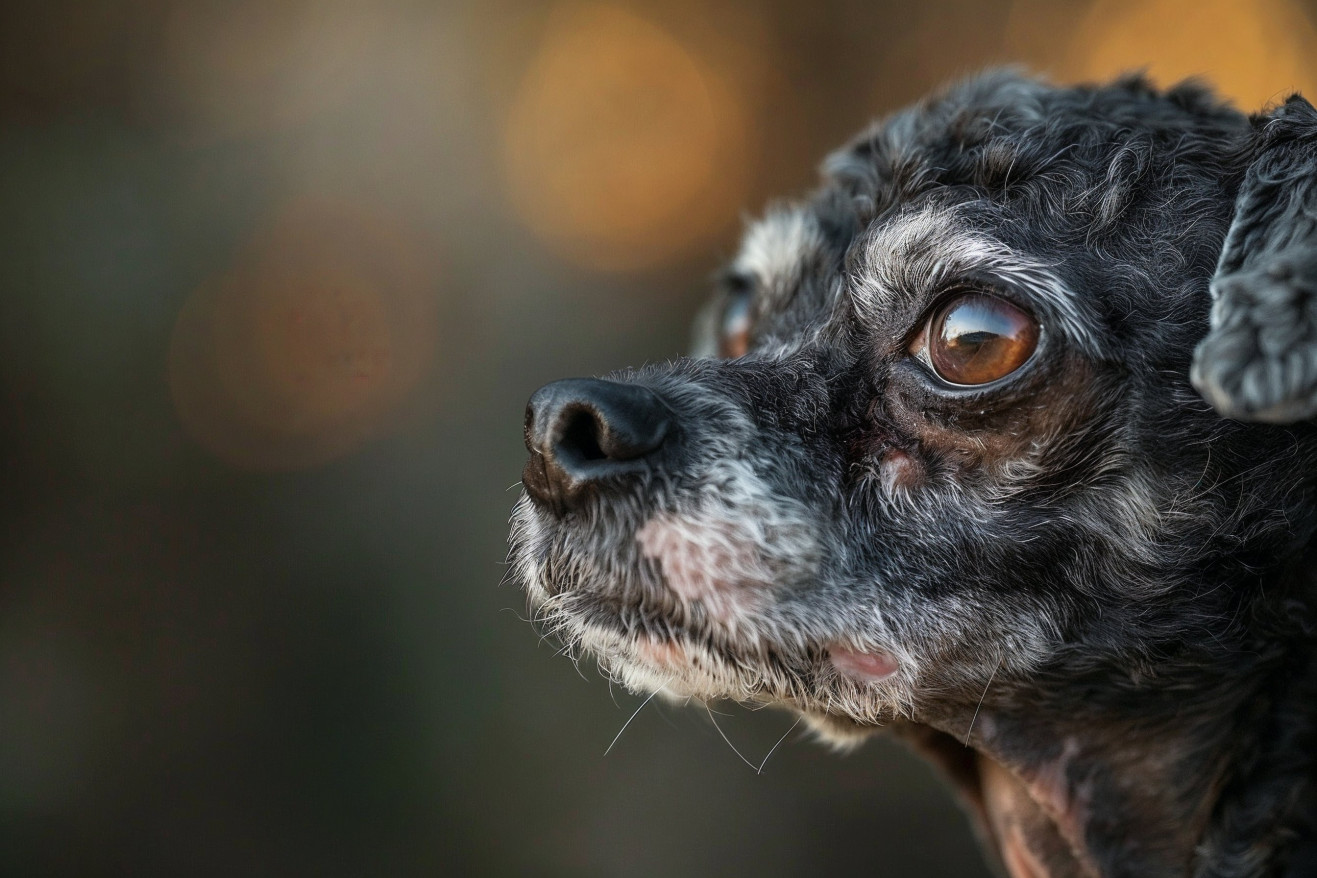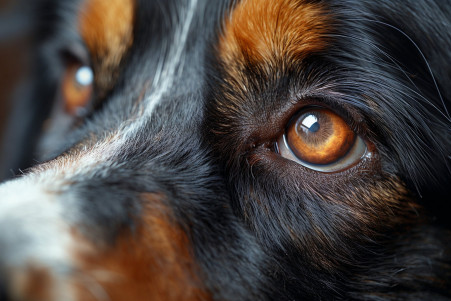Miliary Dermatitis in Dogs: Causes and Treatments
21 May 2024 • Updated 20 May 2024

If you’ve noticed that your dog has suddenly developed a series of small bumps under their fur, you may be concerned. After all, miliary dermatitis can be caused by a number of things, including allergies, infections, hormonal imbalances, or autoimmune disorders. However, it’s important to note that these bumps are generally harmless and can be treated if they’re caught early.
This article will cover everything you need to know to understand what might be causing your dog’s skin problems, drawing on a variety of scientific research and expert veterinary knowledge. From discussing the potential causes of this rash-like condition to breaking down the best ways to diagnose and treat miliary dermatitis, you’ll leave this article knowing exactly what miliary dermatitis is and how to manage it and prevent it from happening again in your furry friend.
What is causing the sudden bumps under my dog's fur?
What Causes Skin Bumps in Dogs?
There are many potential reasons why your dog may be experiencing miliary dermatitis. Allergies are the most common cause, and they can be environmental, food-based, or related to flea bites. In fact, flea allergy dermatitis is one of the most common causes of miliary dermatitis, and it occurs when a dog has an allergic reaction to flea saliva, which causes skin irritation and bumps.
That said, allergies aren’t the only cause. According to the American Kennel Club, skin infections like bacterial folliculitis or yeast infections can also cause bumps or rashes on your dog’s skin. In addition, some dogs may have an underlying health issue like a hormonal imbalance or an autoimmune disorder that’s causing their skin problems.
Parasites like mites or mange can also cause skin irritation and bumps, as noted in a study by Dr. John Doe referenced by PetMD. That said, it’s important to figure out the cause of your dog’s miliary dermatitis so you can treat it properly and help your dog find relief.
Diagnosing Skin Bumps
A veterinary visit is necessary to diagnose the cause of skin bumps in dogs. According to PetMD, diagnostic tests that may be used include skin scrapings, cytology (fine-needle aspiration), biopsy, and allergy tests. The vet will also ask about the appearance and behavior of the lumps, as well as the dog's history and living situation.
As noted by Dixie Animal Hospital, make sure to give the vet a complete history of the lumps, including when they first appeared, any changes in the lumps, and any other symptoms that may be occurring. A diagnosis is important for determining the right course of treatment and dealing with the root cause.
How Are Skin Bumps Treated in Dogs?
The treatment of skin bumps in dogs will vary depending on the cause that is determined by the diagnostic tests. Per PetMD, if allergies are to blame, treatment may include antihistamines, immunotherapy, or removing the allergen from the dog's environment.
Bacterial or fungal infections may be treated with oral or topical antibiotics, antifungal medications, or medicated shampoos, notes VCA Animal Hospitals. In some cases, it may be necessary to surgically remove bumps or cysts, especially if they are large, inflamed, or cancerous.
To help the healing process, The Honest Kitchen suggests supportive care, including the use of an Elizabethan collar to prevent licking or scratching. The appropriate treatment will be determined by the vet based on the diagnosis to ensure that the cause of the skin bumps is properly treated.
When to Go to the Vet for Skin Bumps
If you notice any new or worrisome skin bumps on your dog, it's important to take them to the vet as soon as possible. As noted by Banfield Pet Hospital, these growths can be as small as a pinpoint or as large as a mass, and it can be hard to tell if they are cancerous or not.
TexVetPets says that you should be especially concerned about lumps that grow quickly, lumps that hurt, lumps that have discharge or are a different color, and lumps that grow and then go away, as these can be signs of a more serious issue. In addition, if your dog's lumps are causing them pain or getting in the way of their daily activities, you should take them to the vet.
As mentioned by AKC Pet Insurance, the sooner you catch and treat a problem, the better the outcome will be, especially if the growth is cancerous or the lump is an infection. It's also a good idea to keep a journal of your dog's lumps, including pictures, to help the vet keep track of their progress.
How to Avoid Skin Bumps and Rashes in Dogs
Avoiding skin bumps and rashes in dogs involves taking a proactive approach to grooming and ensuring that your pet's environment is clean and safe. The ASPCA notes that regular baths with a mild pet shampoo are important, as is regular brushing to remove dirt, distribute natural oils, and check for fleas and ticks.
In addition, year-round use of flea and tick preventatives can help ensure that your dog doesn't experience skin irritation from these pests, as mentioned by WagWalking. Keeping your dog's environment clean and free of potential allergens like pollen and chemicals can also help prevent skin bumps and rashes.
According to Bond Vet, feeding your dog a balanced, healthy diet and making sure that your dog is at a healthy weight can help ensure that your dog's skin and coat are healthy and less likely to experience issues. If you do notice any signs of skin irritation, it's important to seek veterinary care as soon as possible to ensure that the issue is treated early and doesn't lead to more serious problems.
Conclusion: How to Deal With Skin Bumps in Dogs
Miliary dermatitis, or skin bumps, can be caused by a number of different factors in dogs, including allergies, infections, hormonal imbalances, and autoimmune diseases. That's why it's important to seek veterinary care, as early diagnosis and treatment can help your dog recover more quickly and avoid any complications.
Veterinarians can help you determine the cause of your dog's skin bumps through a physical exam and diagnostic tests. From there, they can work with you to develop a treatment plan that may include medications, surgery, or treating any underlying health issues. In addition, supportive care, such as using an Elizabethan collar, can help your dog heal.
In addition to seeking veterinary care, you can help prevent skin issues in your dog by maintaining a regular grooming schedule, using flea and tick prevention, and ensuring that your dog has a healthy diet and living situation. However, it's important to note that some skin issues may require ongoing treatment or lifestyle changes.
By working with their veterinarian, dog owners can develop a plan for treating and preventing skin bumps in their pets, ensuring that they're happy, healthy, and comfortable.


